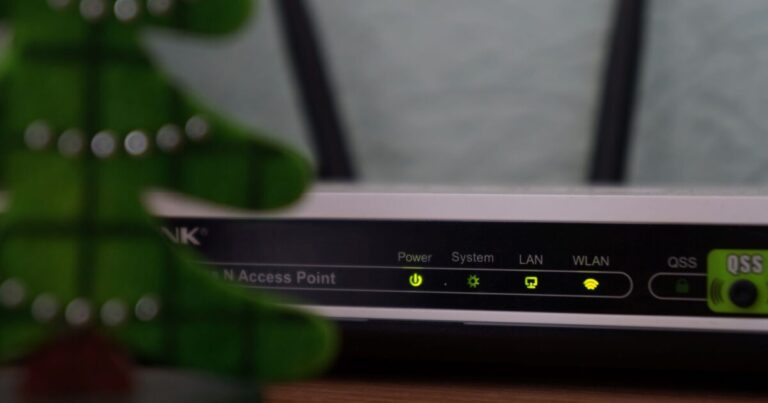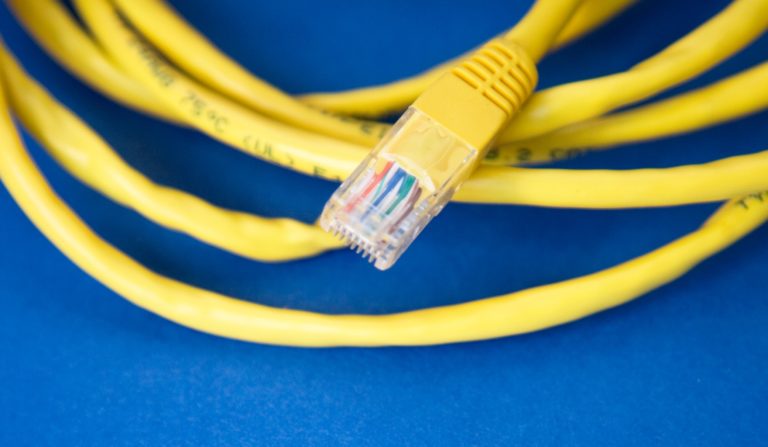Optus Mobile Review ALDI Mobile Review Amaysim Mobile Review Belong Mobile Review Circles.Life Review Vodafone Mobile Review Woolworths Mobile Review Felix Mobile Review Best iPhone Plans Best Family Mobile Plans Best Budget Smartphones Best Prepaid Plans Best SIM-Only Plans Best Plans For Kids And Teens Best Cheap Mobile Plans Telstra vs Optus Mobile Optus NBN Review Belong NBN Review Vodafone NBN Review Superloop NBN Review Aussie BB NBN Review iiNet NBN Review MyRepublic NBN Review TPG NBN Review Best NBN Satellite Plans Best NBN Alternatives Best NBN Providers Best Home Wireless Plans What is a Good NBN Speed? Test NBN Speed How to speed up your internet Optus vs Telstra Broadband ExpressVPN Review CyberGhost VPN Review NordVPN Review PureVPN Review Norton Secure VPN Review IPVanish VPN Review Windscribe VPN Review Hotspot Shield VPN Review Best cheap VPN services Best VPN for streaming Best VPNs for gaming What is a VPN? VPNs for ad-blocking If you’re reading this, chances are you’re one of the 27% of Australians connected to the NBN via Hybrid Fibre Coaxial (HFC) and you’re wondering what it all actually means. Let’s start with the basics. By way of comparison, cable internet speeds were capable of reaching above 100Mbps but initially had download speeds of around 2Mbps. Telstra cable, for instance, had an upload bandwidth boost that took upload speeds to around 5Mbps. All residential speed tiers are offered on HFC, which means NBN 12 Basic (12/1Mbps), NBN 25 Standard (25/5Mbps), NBN 50 Standard Plus (50/20Mbps), and NBN 100 Premium (100/40Mbps or 100/20Mbps). Depending on the location of the HFC connection, even faster speeds like NBN 250 (250/25Mbps) and NBN 1000 (1000/50Mbps) might also be available. Choose your speed tier below to see the fastest providers available. If your premises don’t already have the necessary coaxial lead-in cable, an NBN technician will install it on the day alongside an NBN utility box will be installed outside your home. Inside the home is where the NBN connection box lives, which is a fancy phrase for “modem”. This equipment comes at no extra cost, but you’ll have to contact your preferred provider to sort out appointment times. While the NBN box is included, you’ll still need an NBN-ready modem router to connect to the internet. Your provider may include a wireless router with your internet plan for a one-off fee, or you can buy or use a compatible one. If you hit any problems, speak to your provider. Ensure the white coaxial cables are screwed-in securely to the coaxial wall outlet, modem and, where relevant, splitter (on both sides of the splitter). Power is then connected to the NBN connection box/modem. Switch it on and wait up to 10 minutes for the new connection to activate (keep an eye out for four solid green lights on the modem). Next, you’ll want to plug an Ethernet cable from the UNI-D1 port on the NBN connection box/modem, then into an Ethernet port on your wireless router. If everything works properly, we highly recommend running an internet speed test, ideally when no connected devices are downloading or uploading. Take note of the speed results and compare them to what’s advertised by your provider to ensure they’re comparable. If they’re not up to snuff, speak to your provider. Other upgrade paths that NBN has looked into include G.Fast and XG-FAST for FTTN, FTTC and Fibre-to-the-Building/Basement (FTTB) technologies, as well as NGPON2 and XGS PON for FTTP. If, however, you’d prefer to upgrade HFC to FTTP, you can apply to check your eligibility as part of NBN’s Technology Choice Program, though this incurs a non-refundable $330 application fee (per premises). Unlike other fixed-line technology types like FTTC and FTTB, both of which bring fibre closer to the home, an HFC upgrade to FTTP is likely to be more expensive because it will factor in the cost of running cable from the nearest neighbourhood fibre node to your home. Costs to upgrade tend to be in the thousands. HFC vs FTTP FTTP is the technology type by which all other NBN fixed-line technologies are measured. This is because FTTP uses an exclusive fibre connection from the home to the NBN access network. HFC, on the other hand, runs fibre to a node in a suburb, then the existing (and, ideally, upgraded) hybrid fibre-coaxial network is used to complete the connection to homes serviced by this fixed-line technology type. HFC vs FTTC Conceptually, HFC and FTTC are quite similar in that they’re hybrid connection technologies that are mostly fibre but use existing telecommunications infrastructure to complete the connection to serviced homes. While HFC uses the hybrid fibre-coaxial network and FTTC uses existing copper wiring, the main difference is the distance for the non-fibre portion of the connection. For HFC, a connection to the nearest node may be quite a distance, whereas FTTC runs fibre to the kerbside telecommunications box, meaning it’s as low as a handful of metres of existing cabling that’s used. While FTTC is our silver-medal pick in terms of NBN technologies, HFC is an incredibly close contender to FTTC in terms of the percentage of maximum plan speed delivered during the internet’s busy period (usually between 7pm to 11pm daily), according to regularly updated ACCC data. This is, of course, operating on the assumption that you have an HFC connection that doesn’t have the kind of reliability issues that certain homes have been putting up with. HFC vs FTTB FTTB is another hybrid connection technology, except it runs fibre into the telecommunications room of a multi-dwelling unit, like an apartment block. Existing building telecommunications cabling is then used to connect individual premises. Because that in-building cabling may already be fibre (instead of copper wiring) or can be upgraded to fibre, this means FTTB can technically be a complete fibre connection from home to the NBN access network. While hybrid fibre-coaxial cabling is a newer technology than copper wiring, there are reported reliability concerns for some HFC connections, which holds the technology back from reaching its full potential. The distance between fibre hub and coaxial-connected home also means you’re at the mercy of the latter wiring. HFC vs FTTN FTTN is closest in composition to FTTC, but FTTN, FTTC and HFC share a hybrid approach to how they deliver broadband internet access. Where FTTC and FTTN use a mix of fibre and copper wiring, HFC uses a mix of fibre and cabling from the hybrid fibre-coaxial network (both existing and upgraded). Like FTTN, HFC uses a fibre connection to a neighbourhood node, then completes the connection with existing wiring (the cable network, though, instead of the copper telephone network). On paper, HFC is the better technology type with better future-proofed upgrade paths than FTTN, but reports of increased HFC outages from providers like TPG paint a less-reliable picture. Superfast NBN connections, also known as NBN 250, are able to offer download speeds of up to 250mbps and upload speeds of 25mbps. Meanwhile, Ultrafast NBN connections, also known as NBN 1000, are able to deliver downloads of up to 1gbps and uploads of 50mbps. During the initial rollout of NBN 250 and NBN 1000 plans, around 70% of HFC connections were eligible for a NBN 250 plan, while 7% could run NBN 1000 plans. In the time since, the proportion of HFC connections able to support these high speed plans has grown significantly. According to the NBN, as of February 2022, all HFC connections are now able to access NBN 250 plans while 95% of premises are able to access NBN 1000 plans. Unfortunately that makes the question of whether or not someone can get NBN Superfast or NBN Ultrafast on a HFC connection somewhat tricky to answer. Even if the former is now much more likely than the latter, it really does depend on where you are located in Australia and other factors that are typically outside your control. If you are lucky enough to have a HFC connection that’s in the right place and able to reach those faster speeds, be sure to check out the widget below for a round-up of popular NBN 250 and 1000 plans. And if you’re hungry for data, be sure to check out our guide to the best unlimited internet data plans.

